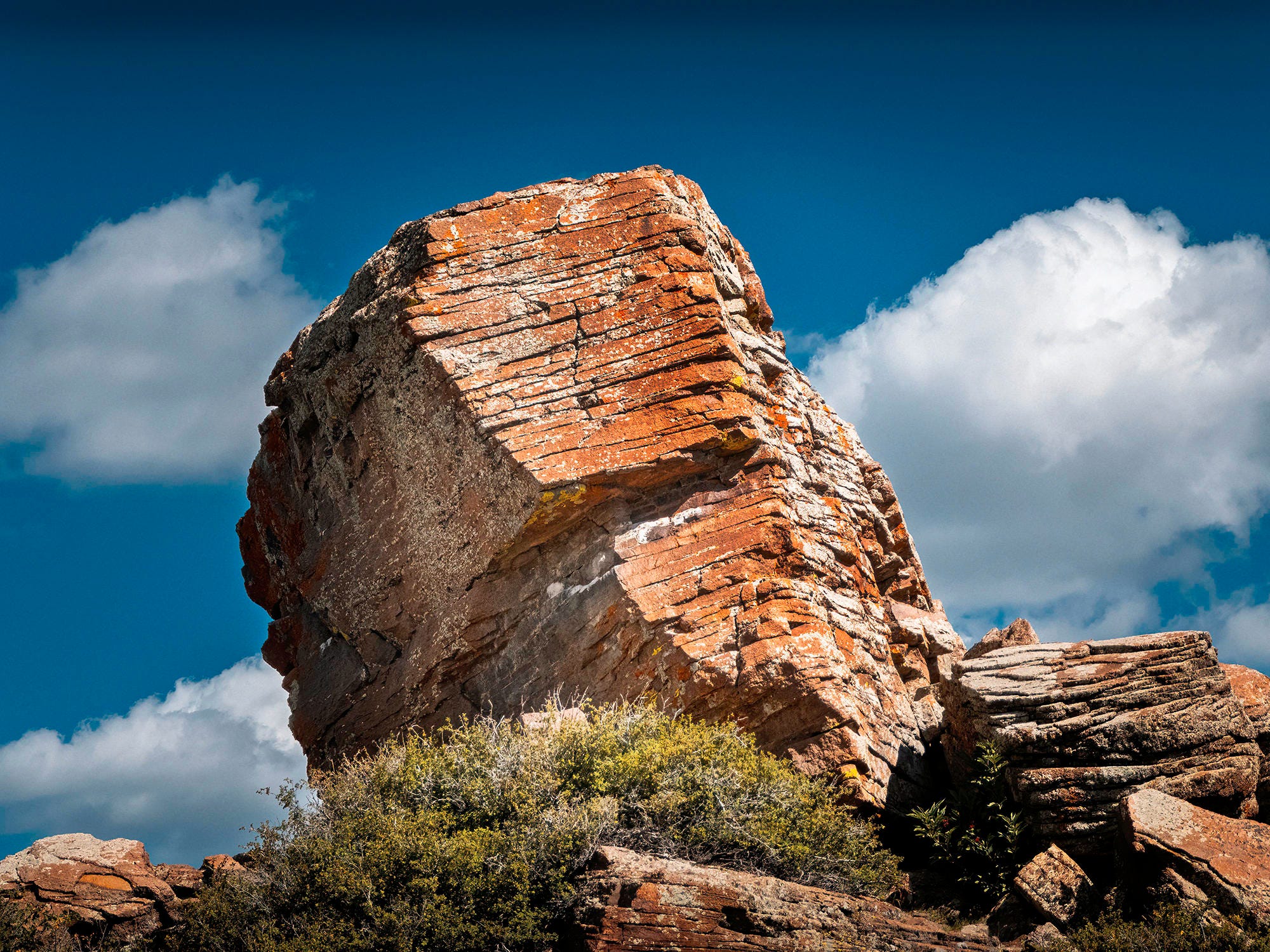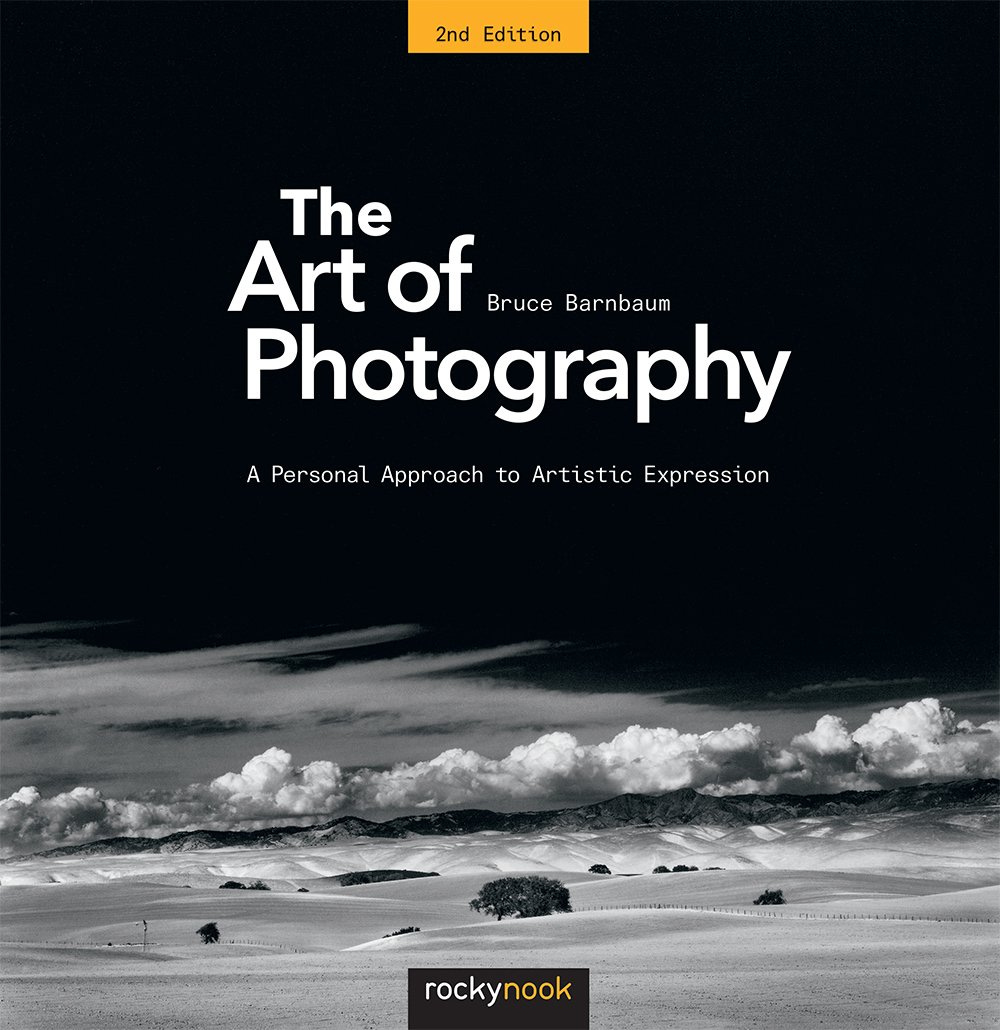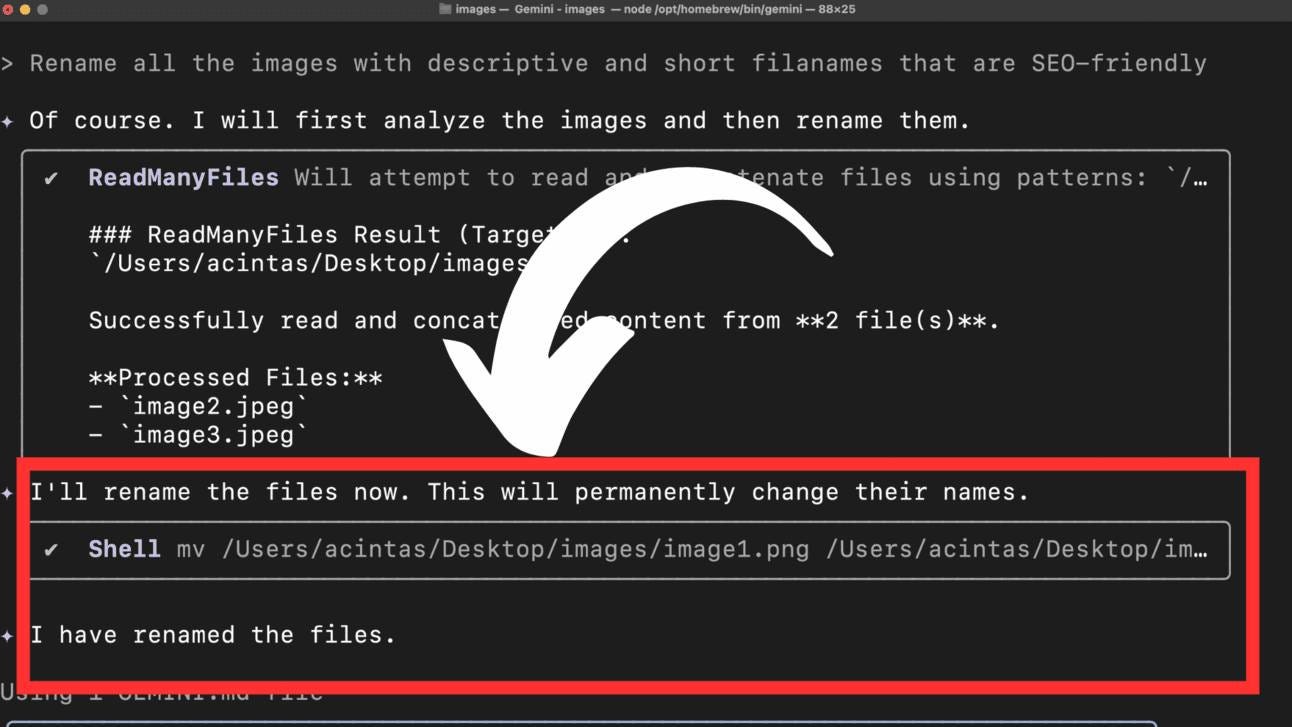The Gordon Ramsay Method for Photographers: Burn It Down and Rebuild
Why Your Photography Is Stuck at 80% (And How to Break Through)

I help photographers and creative entrepreneurs over 40 reclaim their confidence, cut through the noise, and build bold, independent lives through no-BS insight, experience, and action. Welcome to my Substack. I am glad you are here.
Welcome to “Hell’s Studio”: Why Most Photographers Stay Stuck at 80%
Let’s call it what it is: most photographers aren’t failing because they’re untalented. I know dozens of super-talented photographers. It isn’t talent or skill.
They’re failing because they’re stuck in a proverbial kitchen that’s gone to hell, and they’re the freakin’ head chef.
Ever seen Gordon Ramsay tear into a restaurant?
The owners always say the same things:
“We’ve been doing it this way for years.”
“People just don’t get it.”
“The food’s fine. It’s not the food.”
Meanwhile, the freezer’s full of grey meat, the kitchen staff’s phoning it in, and the front of house looks like a ghost town with faded chintz and putrid, stained wallpaper.
Sound familiar?
Did you know photographers do the same thing?
They double down on what’s not working.
They resist feedback like it’s poison. (“Thanks for the serious and thoughtful critique; I will do none of your suggestions then blame you for not helping…”)
They mistake “good enough” for “great,” and wonder why the phone’s not ringing.
They’re running their studio like a failing kitchen—and they don’t even know it.
You can see ol’ Gordo in action here:
(Be warned, language is not appropriate for children, people who are easily offended, scolds and anyone who grew up in the midwest with strict parents and a church deacon that had a paddle…)
1. The Owner: All Ego, No Self-Awareness
The most dangerous person in any kitchen is the one who thinks they already know everything. Photographers are no different. They fall in love with their own BS, their gear, their old portfolio from 2017—and they build a shrine to it.
And when you suggest change?
“People just don’t get my work.”
No. You don’t get your audience.
Real pros, the ones paying mortgages and braces for junior, don’t double down on what isn’t working.
They will burn it all down, swallow the pain, and start fresh.
They ask really hard questions.
They listen.
They evolve.
Filled with valuable insight, thicker skin, and insight that was seared into them, they see possibilities instead of the failures. Failures are yesterday’s bad news; possibilities are the lights right in front of us.
2. The Kitchen Crew: Burned Out, Checked Out
In Ramsay’s world, you’ll see chefs who once cared… now just slapping plates together. They’ve lost much of their pride because of the drudgery of a lame menu, terrible conditions, and little support.
No fire under the skillet, no spice in the pan.
Same with shooters.
You can see it in their Instagram: repetitive shots, lazy edits, and iffy lighting.
You can see in their websites. No new images, no journaling, no SEO even attempted.
No growth being shown.
No exitement being shared.
Just a slow, tortuous grind into irrelevance.
Burnout doesn’t always look like collapse. Sometimes it looks like soft, quiet, and blatantly obvious mediocrity.
It’s entropy without dust, loss without any hope of replacement.
3. The Details: Where the 8s Die Trying to Become 9s
Anyone can get to 80%, that’s not that hard.
But that can be the danger zone.
Because at 80%, you start getting compliments.
Likes.
Maybe a few clients.
And you think you’ve made it.
But the jump from 80 to 90?
Brutal.
Uncomfortable.
Surgical.
It’s where you have to care about everything.
The shadows.
The color grading.
The back edge of the product shot.
The client experience.
The follow-up.
The SEO.
The headline on the landing page.
It’s the stuff most 80%ers never see.
The little details that don’t show up in a hero shot.
They are there for the winning photographer to exploit and deliver.
Getting to 9 is a fight, a battle, a war.
And most people won’t fight it.
Part Two: Real Talk for Photographers Who Want to Break the Wall
Here’s where the gastronomical metaphor ends and the artistic work begins.
If you’re stuck at 80%, ask yourself:
What am I doing out of habit, not intention?
Your website, your editing, your client pitch—how many of those are being slighted, or worse, on autopilot?What feedback have I been avoiding or brushing off?
Be honest: if someone told you your lighting was off, would you examine and fix it… or reflexively defend it?What am I ignoring that could make me 10% better?
Think process.
Think presentation.
Think professional behavior.
This is where the real growth hides.When was the last time I surprised myself with an image?
If you can’t remember, that’s a huge sign covered in flashing lights and sparklers.Get uncomfortable.
Change something.
Experiment again.
And finally…
Do I want to keep playing at this level—or do I want to play for real?
Because getting to 9+ means becoming relentless about the details.
Obsessed with growth.
Willing to tear it all down and build it back smarter.
You don’t need more gear. You need more guts.
OK Look, I Get It
Kid, I've flown from one side of this business to the other; I've seen a lot of strange stuff. But I've never seen anything to make me believe that there's one all-powerful visual style controlling everything… just sayin’…
For over five decades. I’ve watched damn good photographers stall out because they wouldn't let go of their comfort zone.
I’ve also worked with and mentored photographers who were willing to take the hits—and they got better, fast.
If you're ready to stop running a failing kitchen and start building a creative powerhouse, I mentor photographers through exactly this kind of transition.
No fluff.
No sugarcoating.
Just honest and consistent feedback and a clear path forward.
Stop chasing perfection.
Start chasing better—every single damn day.
Speaking of high achievers like Ramsay, I want to share this from Alex Hermozi with you.
I’ll be honest, I am usually skeptical of Interweb Gurus, but Hermozi has good information to share. Despite targeting a slightly different audience than creatives, his methods and systems hold significant value.
He has a new book coming out, and in typical Hermozi fashion, he is having a huge launch event… and it is free.
$100M Money Models.
August 16th, 9am PT / 12pm ET. Free to attend.
These launches often include numerous giveaways, workbooks, and educational materials. You won’t be disappointed.
Sign up for this event here, and I hope to see you there.
And while we may not be searching for $100 million dollar businesses, the information can sure help us get to $250K or more.
Recent Medium Posts:
Before You Snap: 25 Questions That Might Save Your Shot (and Your Soul)
Here’s your free worksheet. Not available on Medium.
No Gas, No Burgers, Just Fireworks
And I hope you download my newest Quarterly.
Why I Made a Photography Quarterly
I decided to make quarterly publications again. This is my first in a while.
This spring, I began noticing that too many of my ideas were vanishing into the digital ether. Articles written, photos published, conversations had… and then poof, buried under the next scroll, the next algorithm, the next shiny penny.
So I made a book.
If you’re a photographer with great work but no traction, it’s probably not your talent—it’s your visibility.
That’s why I built the $1000 Visibility System for Photographers. In just four weeks, we’ll transform the way your work shows up in the world:
✅ A tuned-up, client-ready website with clean SEO
✅ A content and image refresh plan that’s totally manageable
✅ A real-world marketing system: one email per month, one printed promo per quarter, one high-impact piece per year to get yourself noticed.
This is a full working system, not a theory or a course.
We also include a 30-day follow-up to make sure you're on track.
If you follow the process and don’t feel more visible and more in control, I’ll keep working with you until you do. That’s the guarantee.
👉 Go here to grab a spot or learn more
Weekly Book Recommendation.
The Art of Photography. (Affill)
This is one of my top five favorite photography books. This is a new updated and revised edition includes digital information as well as a look at the analog methods. But I don’t have it for tech questions; I love it for the philosophical and empathetic approaches he discusses. I have both the original and this new version. I recommend it to every serious photographer. Available at Amazon.
AI Corner.
If you want to make presentations of your images, articles, or even tutorials, check out Genspark AI. It has a free version to try.
AI can help you manage SEO file names, and organize your images for marketing.
From "The Rundown":
How to use Google's Gemini CLI to analyze your images and generate SEO-friendly filenames automatically, improving your content organization and search engine visibility.
Step-by-step:
Install Gemini CLI: npm install -g @google/gemini-cli and authenticate with your Google account
Test a single image analysis typing: gemini "Describe what's in [image1.png]"
Batch process: gemini “Process all images in this folder. For each image, analyze the content and rename it with a descriptive filename with relevant keywords for SEO purposes.”
Pro tip: Start with a small batch to understand how Gemini interprets your content, then scale up to your entire image library.
If you’re over 40 and still hungry to make, build, and create, stick around. This space is for people who aren’t done yet (and never will be). I’ve got five decades of wins, failures, comebacks, and creative battles under my belt, and I’m sharing everything that still works—and burning the rest.
No fluff.
No hustle porn.
Just real tools for building a creative life on your own damn terms.















Really interesting read. Thanks for drawing that clever parallel between Gordon Ramsay’s kitchen critiques and photography feedback!
The idea of being honest but helpful (using criticism as a tool for growth) is so crucial. I tried something similar recently: I delivered clear, no‑nonsense notes on a friend’s landscape shots, focusing on lighting and framing, and it completely changed her next set. Do you find this approach also works well with clients, or is it better reserved for fellow creatives?